OCZ Vertex 4 Indilinx 256GB & 512GB SSD Reviews
Inside the Vertex 4 Line
Both the 256GB and 512GB Vertex 4 drives are built the same way with four screws that hold the exterior case together.
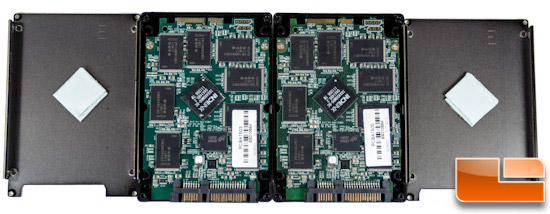
Two more screws hold the PCB to the backplate and each have thermal pads that cover the controller to mitigate heat and shock.
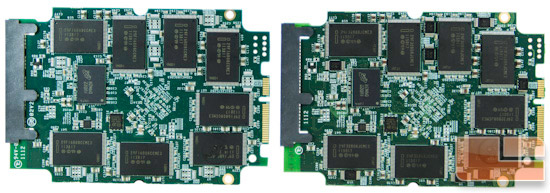
From this view, it’s not obvious which drive is which as they have the same number of NAND modules on board. The 256Gb is on the left with the 512GB on the right. All chips in view are NAND flash with the exception of the cache chips in the off-center near the SATA ports.
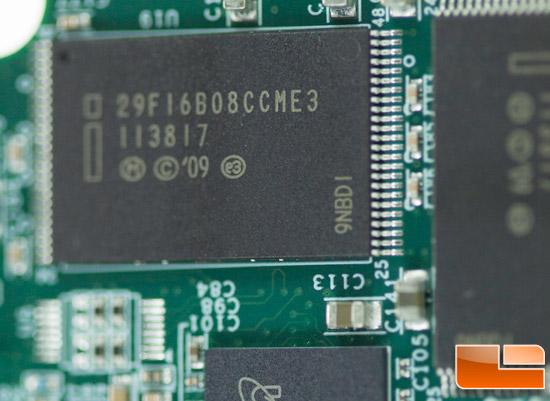
Closer in, it becomes more clear. The Intel 25nm MLC synchronous NAND flash on the 256GB drive is 16GB in density with sixteen total on board. This equates to 256GB total.
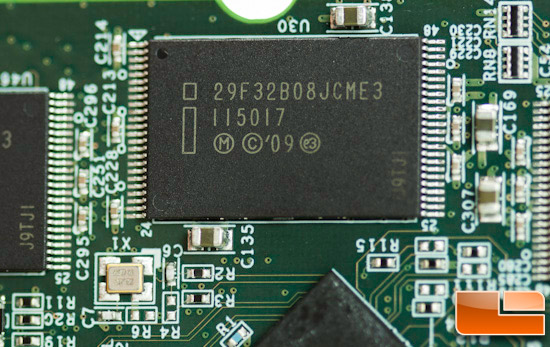
On the 512GB drive, the density is kicked up to 32GB which rounds out to 512GB total on board. Generally, the more dense the NAND flash, the better the performance.
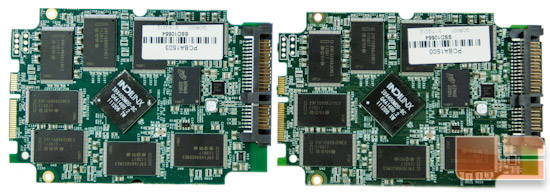
Flipping the boards over, they still look very much the same and this side not only has another cache chip but also the Indilinx controller.
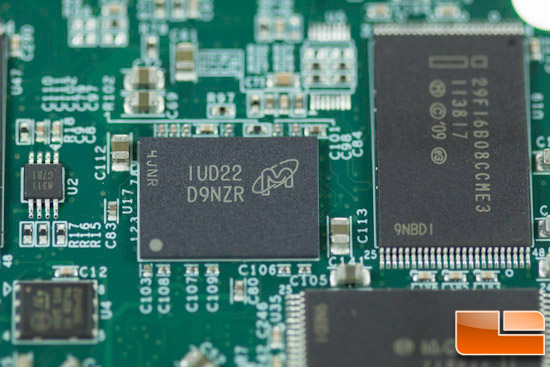
Unlike the SandForce drives, the Indilinx drives employ a cache to buffer the data to ensure steady performance. There happens to be two of these babies on each drive, one for each side of the PCB as we’ve already pointed out. These happen to be Micron DDR3-800 SDRAM cache chips and according to Micron’s part decoder, each are 512MB in capacity so a huge 1,024MB in total!
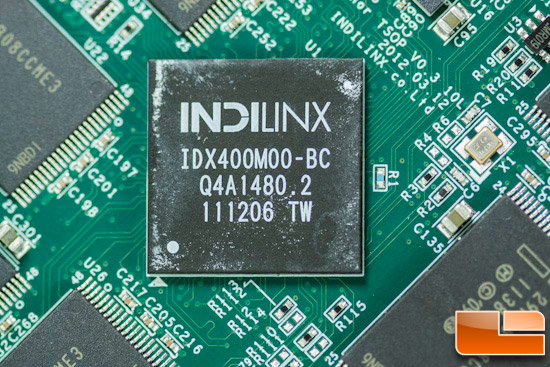
FInally, the Indilinx Everest 2 controller with part number IDX400M00-BC. If you recall, the Octane Indilinx Everest controller had an item code of IDX300M00-BC. Other than leveraging a cache, the other fundamental difference between it and the SandForce controllers is the the Indilinx drives do not rely on data compression to hit the best performance. As such, no matter what kind of data you throw at it, you can expect to see relatively consistent performance. It does perform many of the same functions as the SandForce drives with its Ndurance 2.0 Technology that mitigates write amplification (sans compression), performs error correction duties, and boosts performance with ‘Redundant NAND Array’ (RNA) technology. The controller also offers the always important AES-256 native encryption support and is compatible with a variety of NAND flash components supporting vendor-specific NAND commands. It’s a pretty sophisticated piece of hardware – all proprietary to OCZ.

Comments are closed.